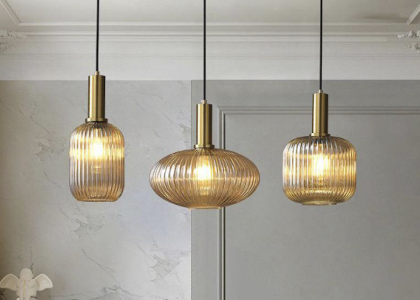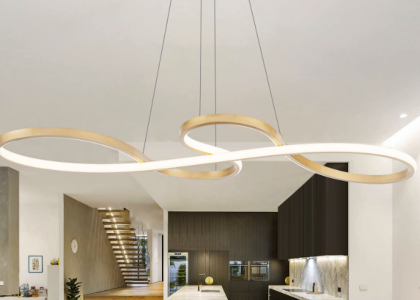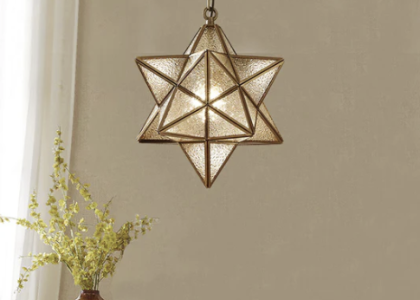Introduction
The invention of LED (Light Emitting Diode) technology revolutionized the lighting industry. LED light bulbs have become increasingly popular due to their low energy consumption, long lifespan, and cost-effectiveness. In this article, we will explore how LED light bulbs work, their advantages and disadvantages, and how they compare to traditional incandescent and fluorescent bulbs.
How do LED light bulbs work?
LED light bulbs work by passing current through a semiconductor material which then emits light in a specific wavelength. Unlike traditional bulbs that use a filament or gas to produce light, LED bulbs produce light through a process called electroluminescence. The color of the light emitted by LED bulbs can be controlled by adjusting the semiconductor material’s properties.
Advantages of LED light bulbs
LED light bulbs come with several advantages, including:
– Energy efficiency: LED bulbs consume significantly less power than traditional incandescent or fluorescent bulbs, resulting in reduced energy costs.
– Lifespan: LED bulbs have a much longer lifespan, averaging between 25,000 to 50,000 hours, compared to an incandescent bulb’s 1,000 hours.
– Environmentally friendly: LED bulbs do not contain mercury, which is typically present in fluorescent bulbs, making them much safer for the environment.
– Durability: LED bulbs are more robust and durable, thanks to their solid-state construction, making them ideal for outdoor lighting.
Disadvantages of LED light bulbs
Though LED bulbs are highly effective and beneficial, they come with a few downsides, including:
– High initial cost: LED bulbs tend to be more expensive than traditional bulbs, though the long-term cost savings due to their energy efficiency may outweigh the initial expense.
– Not suitable for every application: LED bulbs produce directional light, meaning they are not ideal for certain applications that require a diffused, omnidirectional light source.
LED light bulbs vs. traditional bulbs
When compared to traditional bulbs, LED bulbs have several advantages. For example:
– LED bulbs have a longer lifespan and consume less power, making them more cost-effective in the long run.
– They are more environmentally friendly due to their lack of toxic materials and reduced energy consumption.
– They do not emit as much heat as incandescent bulbs, making them safer and more comfortable to use.




